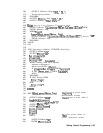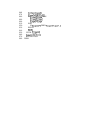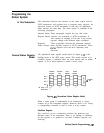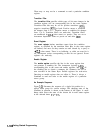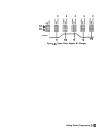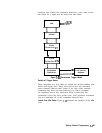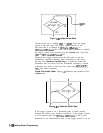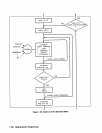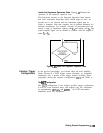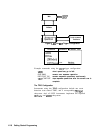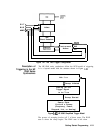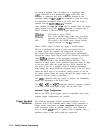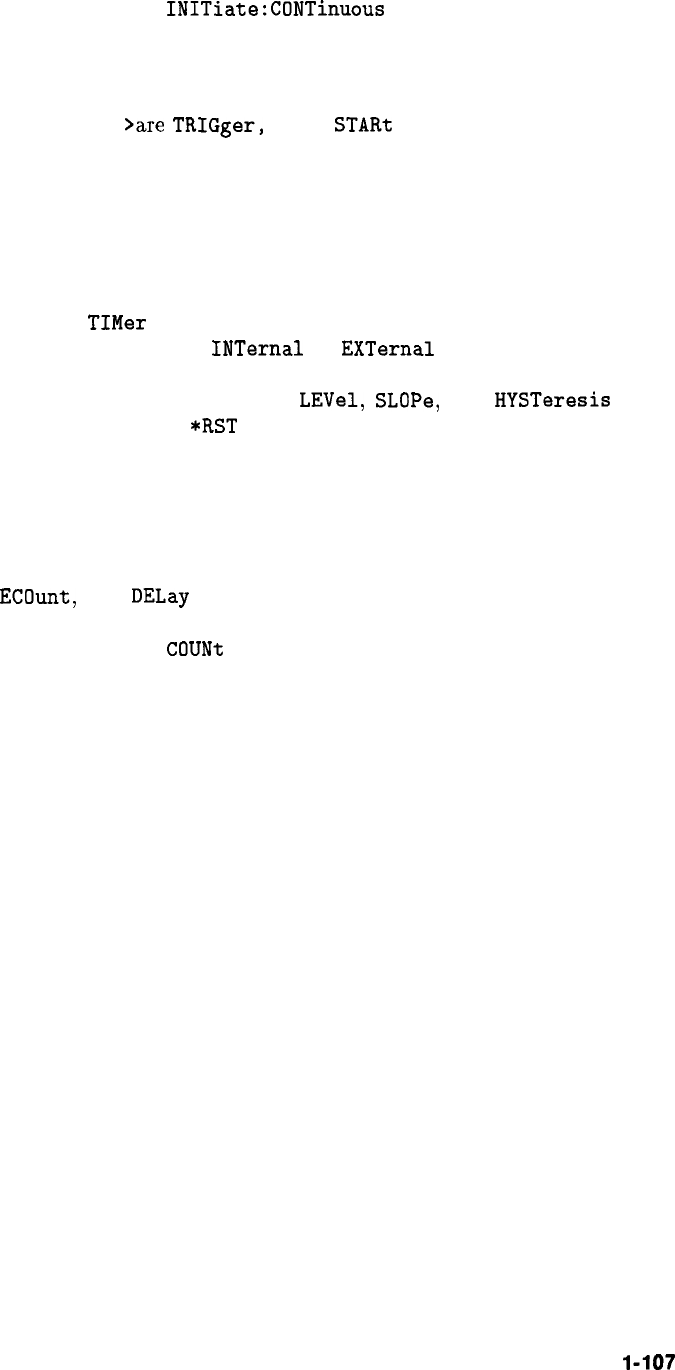
upward path and
1NITiate:CONTinuous
is OFF, it exits upward to
the idle state.
Inside Event Detection States. Figure 1-38 illustrates the operation
of an arbitrary event detection state named <state-name>. Typical
<state-names >are
TRIGger,
ARM,
STARt
, and STOP.
Normal downward execution is controlled by the source command.
SOURce
The : <state-name> : SOURce command specifies which particular
input can generate the event required to continue the downward
path. If the source chosen is a non-analog signal, such as IMMediate,
BUS, or TIMer , no further qualifications are required to generate an
event. If, however, an
INTernal
or
EXTernal
analog signal is chosen,
additional qualifications may apply. You specify these additional
qualifications using appropriate LEVel,
SLOPe,
and
HYSTeresis
commands. Sending
*RST
sets the SOURce to IMMediate.
The downward path also provides a command to override normal
operation.
IMMediate
The : <state-name> : IMMediate command bypasses event detection,
ECOunt,
and
DELay
qualifications one time. The upward path
through the event detection state contains only one condition. A
: <state-name> :
COUNt
command sets the number of times the
trigger system must successfully exit that event detection state on a
downward path. If this condition is satisfied, the trigger system exits
upward.
Getting Started Programming
l-107



